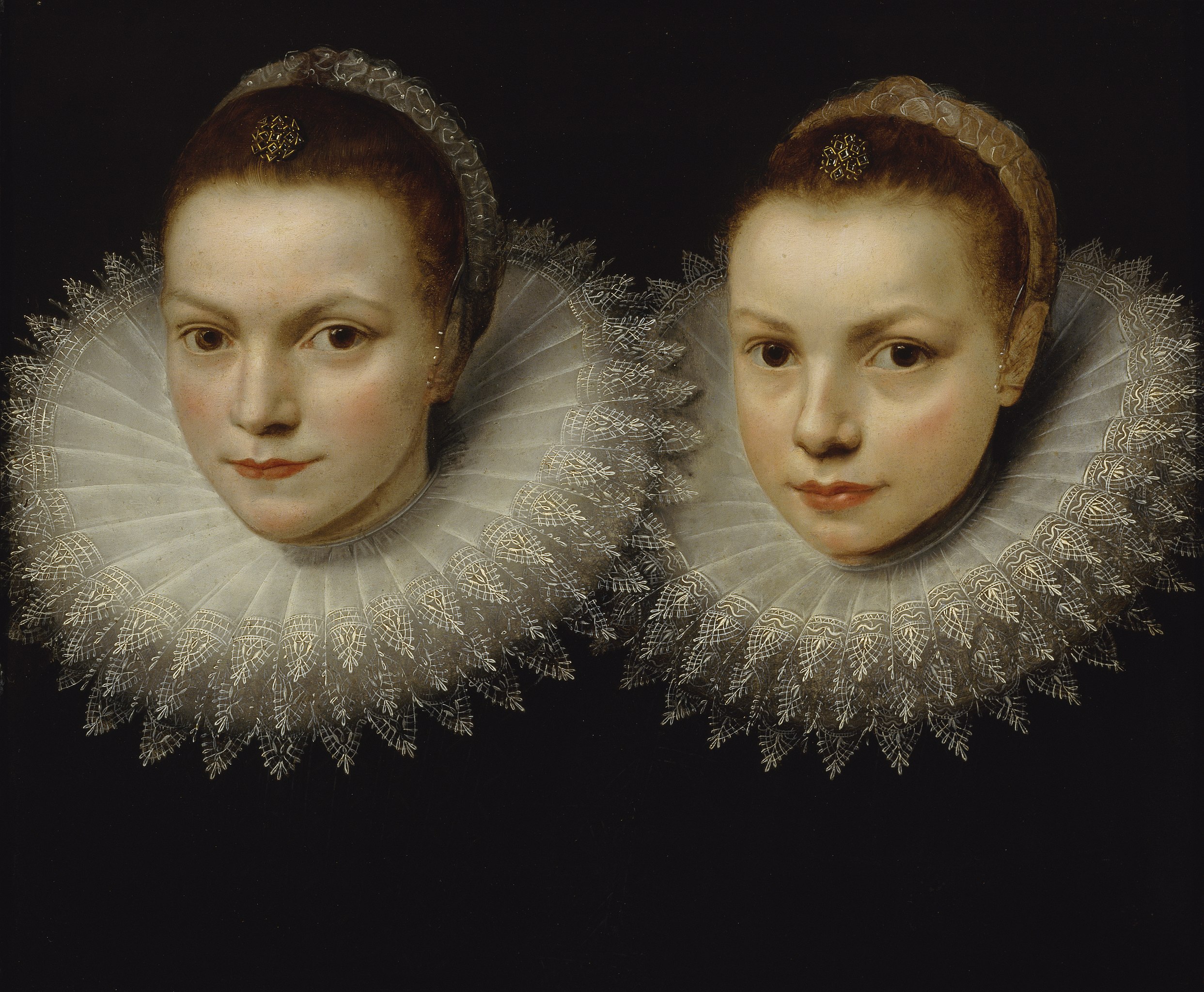
Well, about that, dear William – yes and no.
Of course I know what you mean, and I see that the violet is but a metaphor here, but the scent geek in me just can’t resist the temptation of taking your verse quite literally for the sake of a lighthearted as a matter of fact remark. I hope you don’t mind – and, as you’ll see, it is for a good cause: what I want to talk about is an interesting and quite illuminating, yet little known fact about how we perceive smells. And violets are an important part of it.
But before I nosedive into the heart of the matter and tell you why violets may not smell to you as they do to your king, let’s get one thing straight: all human noses are equal – they all have an equal potential and equal capabilities. (Yes, I like this fact too!). The widespread belief that some noses possess superior powers is a myth. Some noses are just better educated than others, that’s all. And yes, ultimately some noses (or, more exactly, some nose and brain teams) do perform better than others (meaning that they detect smells more easily and identify them more accurately), but that’s just a matter of training and practice, not a supernatural gift. And of course, social status and riches don’t matter at all.
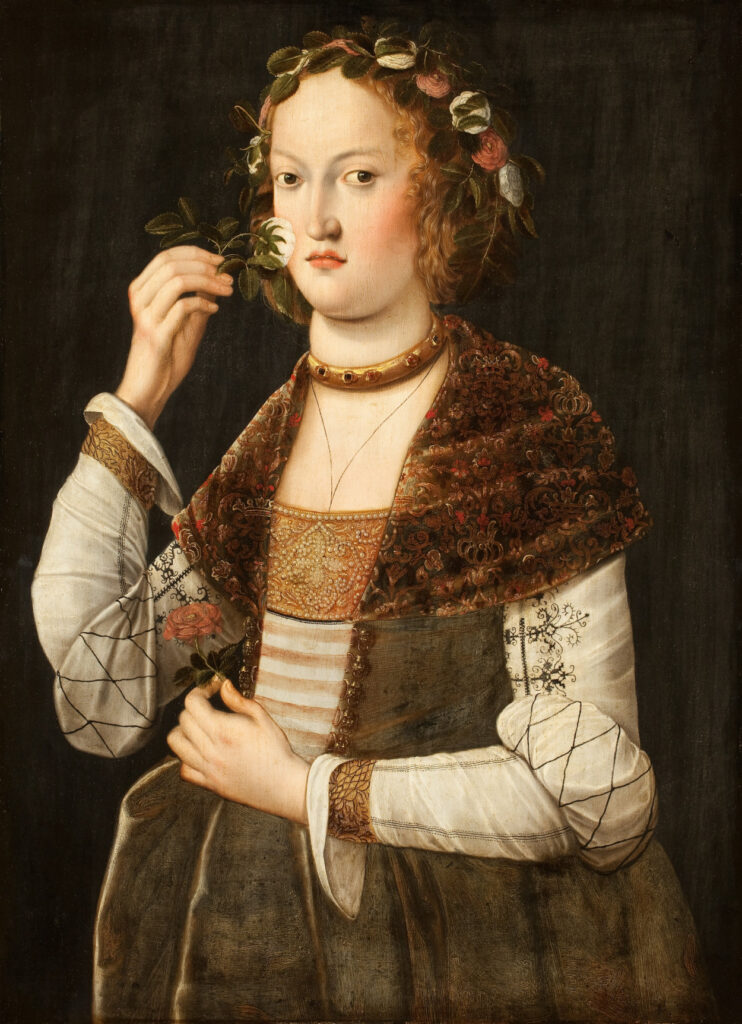

Now, just because all noses are equal, doesn’t mean they are all the same – and far from it! And that’s due to our genes.
Genes are what our ancestors have passed down to us. Among countless things genes are responsible for are olfactory receptors. Olfactory receptors (about 400 of them for a human, much higher number for some animals, including dogs) are nervous cells located in the nose which are specialized in picking up scents from the air. Scents, on the other hand, are more or less complex mixtures made up of aroma molecules. Technically, a smell can be made up of one single type of aroma molecules, but this hardly occurs in nature. In a professional environment however, in industries and professions that rely on or deal with scents and aromas, it is not only possible, but actually common to sniff these kinds of smells. In fact, what a single olfactory receptor picks up from the air, is one type of aroma molecules (at least that’s what’s believed in the current state of dedicated science, but the question is really complex and many aspects of how smells are processed still remain unclear).
What are aroma molecules ? Well, first of all, they are tiny (invisible to the naked eye), but when a whole bunch of them float in the air, we perceive them as smells. Natural smells consist of many different types of aroma molecules mixed up together. How many? Well, it depends – a couple dozens for simpler smells, several hundred for more complex ones. The scent of a rose for example is made up of some 400+ different aromatic molecules and so is the aroma of a fine wine, but some smells are less complex. So every smell in nature is an original mix of different aromatic molecules. And that’s what our olfactory receptors, working as a team, pick up in the air.
The following part is a bit technical, although I’ll try to put it as simply as possible. But if you’re not that much into geeky details, feel free to skip this part and jump right to the next.

How it works exactly is rather difficult to explain – it’s quite complicated, plus (no joke) nobody really knows, although some people have been working hard to try and understand.
In the beginning, and for a long time, nobody knew how the sense of smell worked, but nobody cared that much either, so it didn’t really matter. Then science got interested in the problem and, after years of research, came up with what’s known as the “shape theory”.
In a nutshell, the shape theory postulated that the shape of an aromatic molecule is key – and quite literally so – and that the aroma receptor in the nose, like a lock, would accept (bind) a molecule according to the mutual compatibility of their respective shapes (the “lock and key” model). It looked convincing, yet one thing still was a problem: with our (roughly) 400 receptors, we are able to smell many thousands of aromatic molecules and a much larger number of their different combinations which are smells. So how can this be?
Some theories suggested that one receptor might be compatible with more than one aromatic molecule (the image of a lock compatible with several keys was proposed as an illustration for that model). Other theories postulated that what we call a receptor would in fact be a simultaneous activation of a group of receptors in response to the stimulation by an aromatic molecule – in other words, a receptor would be a specific combination of several receptors responding in concert to an aromatic molecule. And to make matters even more complicated, some theories suggest that it all comes down to waves and vibrations anyway, and that unless those parameters are taken into account, no major breakthrough can be achieved.
Yes, that’s a bit overwhelming, so back to our simplified theory of receptors and molecules, and to what we know (so far).
We have around 400 olfactory receptors which respond to different aromatic molecules. And here’s an interesting fact: although we all have the same number of receptors, we don’t have the same sets of receptors. In other words, the exact composition of a set of olfactory receptors is specific to each individual, which means that we all have some receptors that other people don’t have, and, conversely, we also lack some receptors other people have. As a consequence, we all can smell something others can’t smell, but we also can’t smell something others can. This is Mother Nature’s genetic way of making all human noses equal, but not the same.
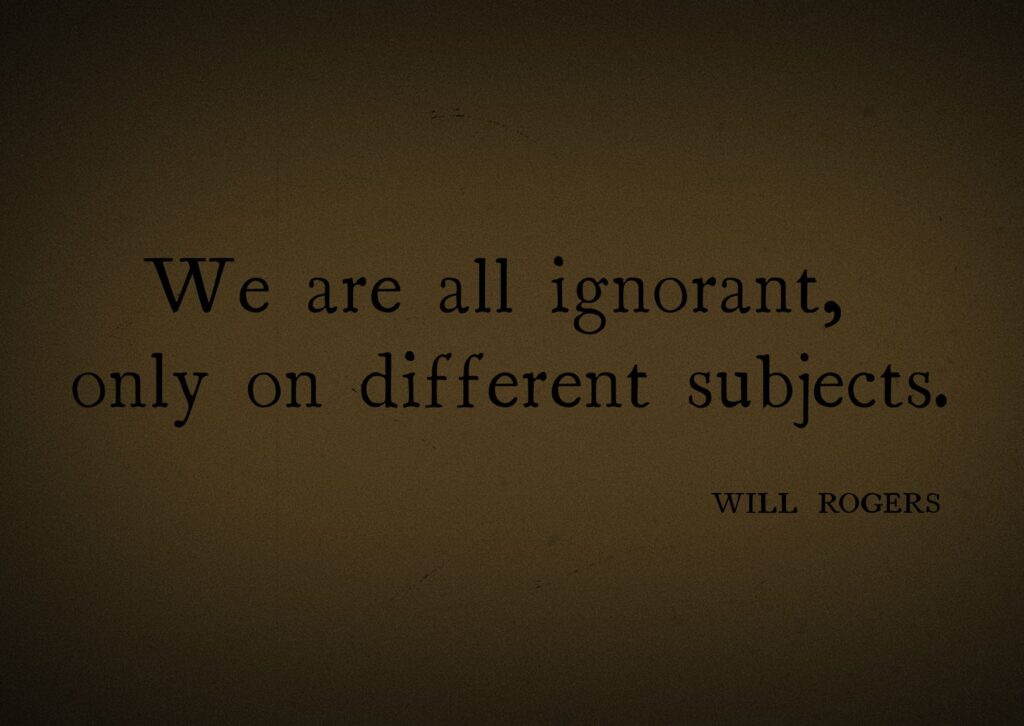
And this can also be said about smells: we are all naturally ignorant of certain smells (ones for which we don’t have receptors), only these are not the same for everybody.
And the scent of violets is a great example for that matter.
The sweet scent of violets is made up of many aroma molecules, but the ones responsible for its characteristic and recognizable part are from the ionones family (they have a very pleasant soft floral, slightly fruity smell). But, as it turns out, about half of the people (which is one out of every two people) don’t have the ionones receptor – meaning that they simply can’t smell the scent of this molecule or, in some cases, they may be able to smell it, but only faintly and as something rather nondescript.
As a result, the perception and the experience of the scent of violets, of which ionones are such an important part, is very different to people who have the ionone receptor and to those who don’t.
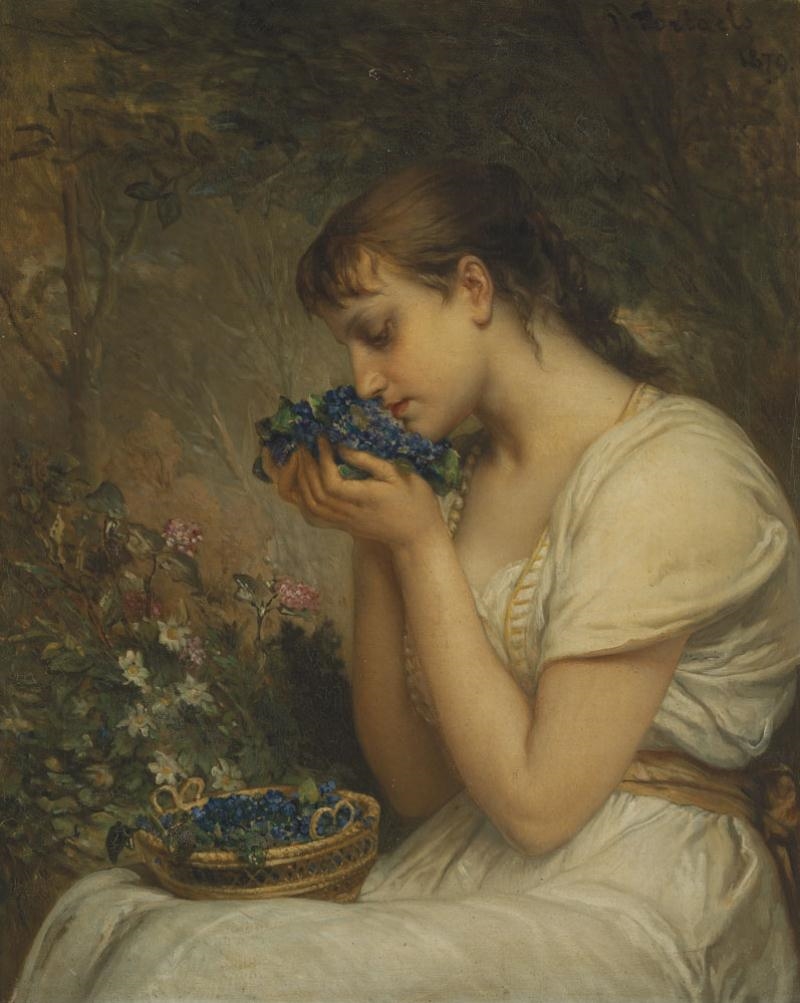
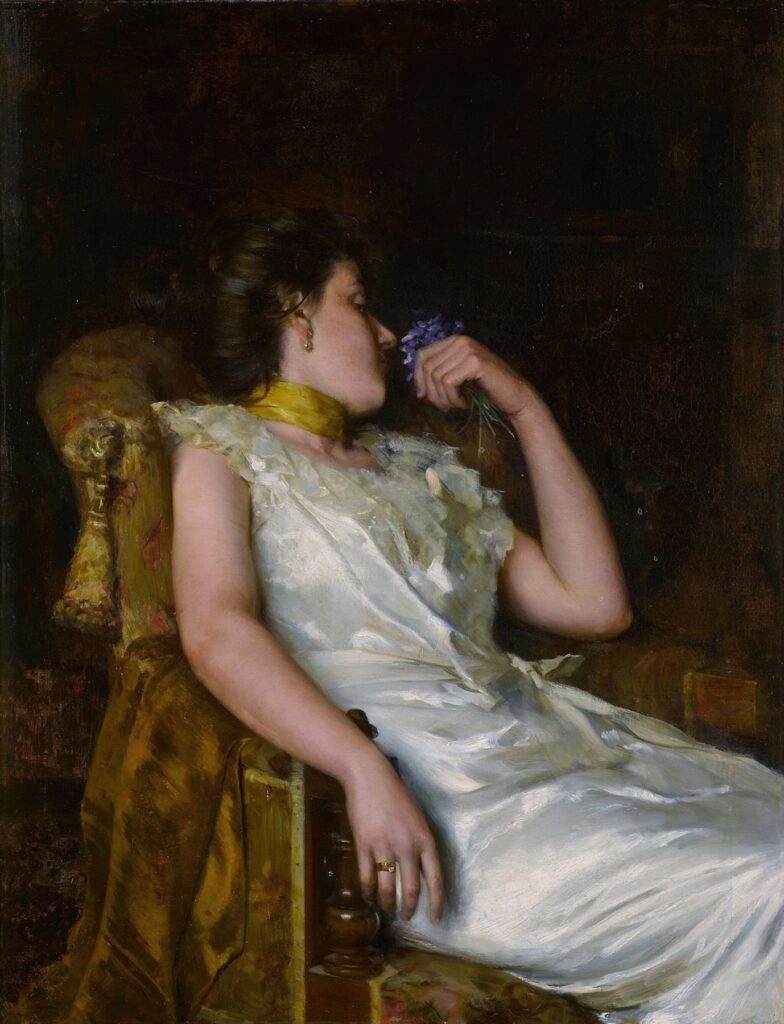
To those who don’t have it, the scent of violets will simply be lacking the ionone contribution, which, sadly, means that they will be missing out on quite a lot. In some cases, they may hardly be able to smell violets at all!
But here’s some good news: it is possible to overwrite our genetic olfactory predispositions and to actually grow a new receptor! It can be done at any time of our lives, there’s no age limit.
It has been shown that a consistent repeated exposure to a smell not only increases an already existing sensitivity to it, but can actually make up for the lack of it as well.
So, it is with olfactory ignorance as it is with any other form of ignorance: it may be natural, but we are not doomed to helplessly endure it.
Be it the sweet smell of violets or that of any other thing, we know that if, by Nature’s choice, we lack the sensitivity to it, we can make up for it – if we care enough. Deliberately seeking for those smells and smelling them intentionally, eventually makes us receptive to them. It is so rewarding!
Our world expands – and blossoms.
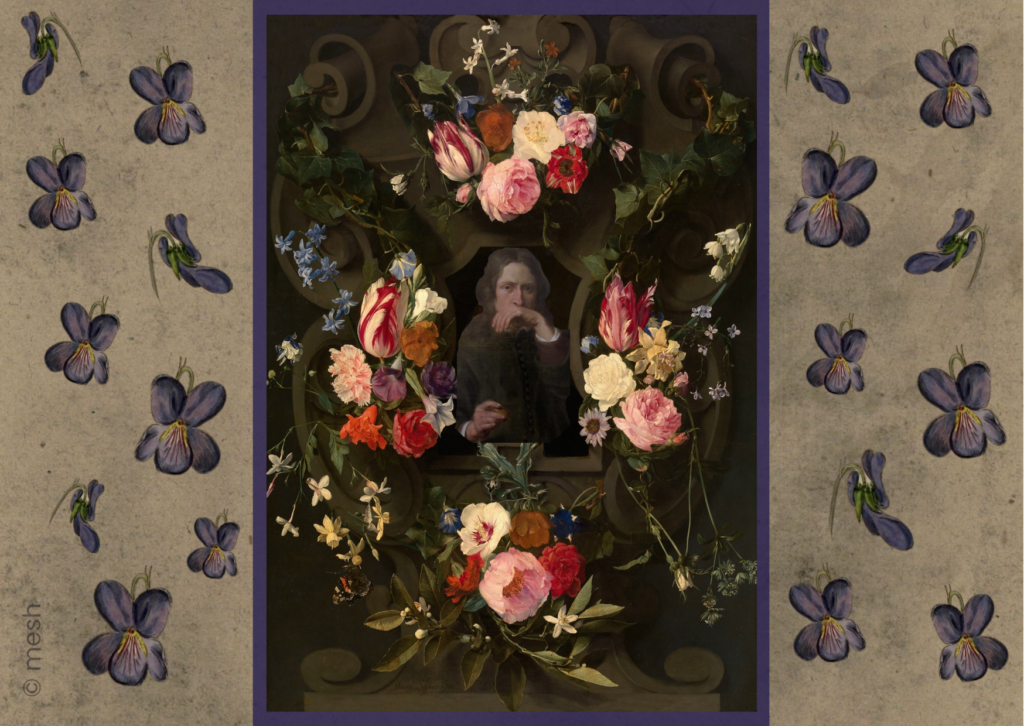
related post: It”s Not about What You Smell, It’s about What You Feel (incoming)
